| Sapodilla and bulletwood share several common names in the genus Manilkara. The only distinguishing features that I can find are:
(1) sapodilla often has smaller pores and longer radial pore strands (2) some sapodilla has a distinct orange/tan color that you don't see in bulletwood (3) some bulletwood has banded parenchyma that is almost invisible at 10X whereas in sapodilla it is almost always quite visible at 10X (4) bulletwood generally tends to be darker in color |
|||
| species | bulletwood | massaranduba | sapodilla |
| Manilkara bahamensis | ✔ | ||
| Manilkara bidentata | ✔ | ✔ | ✔ |
| Manilkara excisa | ✔ | ||
| Manilkara huberi | ✔ | ✔ | ✔ |
| Manilkara jaimiqui | ✔ | ✔ | ✔ |
| Manilkara kauki | ✔ | ||
| Manilkara littoralis | ✔ | ||
| Manilkara multinervis | ✔ | ||
| Manilkara riedleana | ✔ | ||
| Manilkara subsericea | ✔ | ||
| Manilkara valenzuelana | ✔ | ||
| Manilkara zapota | ✔ | ||
NOTE: these pics were all taken in very bright incandescent lighting ("soft white" at 2700K) colors will vary under other lighting conditions |
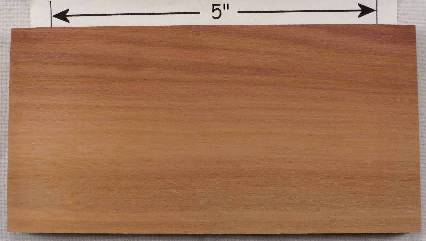
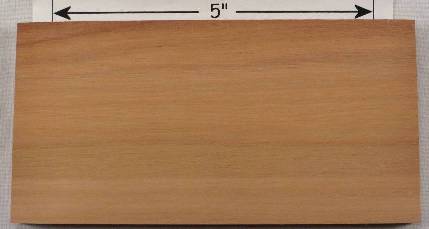
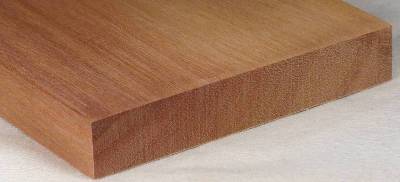

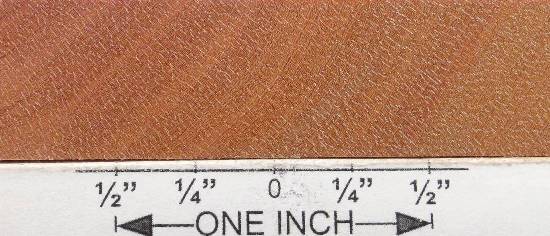

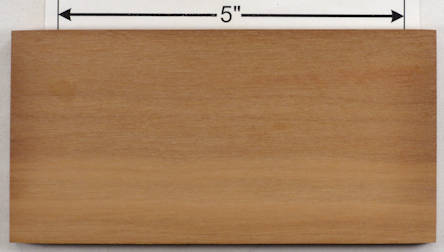
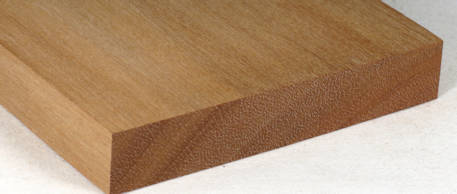
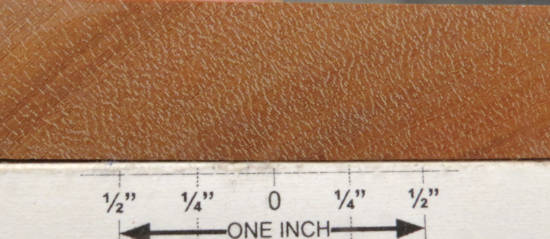

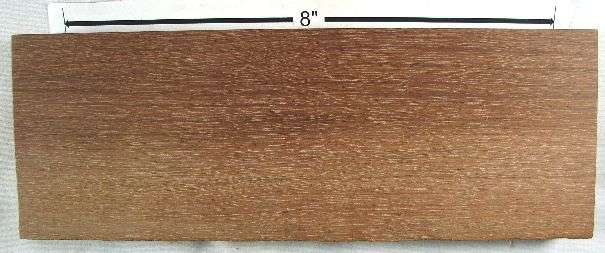


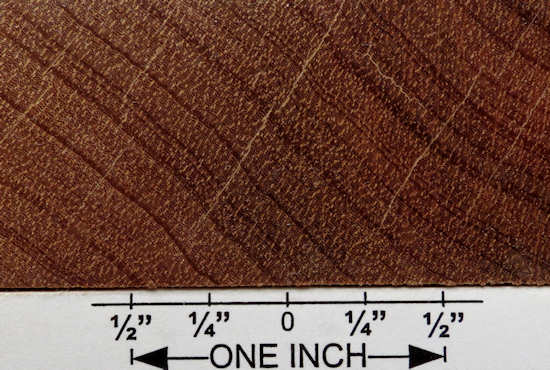


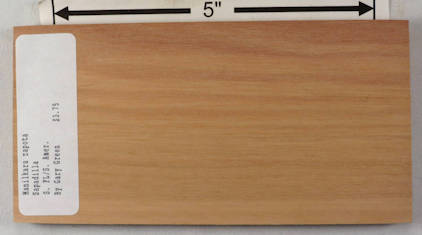
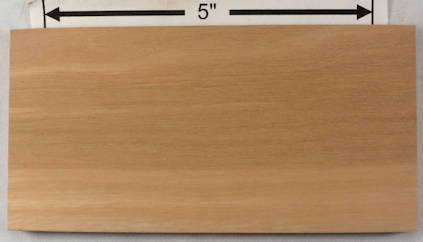

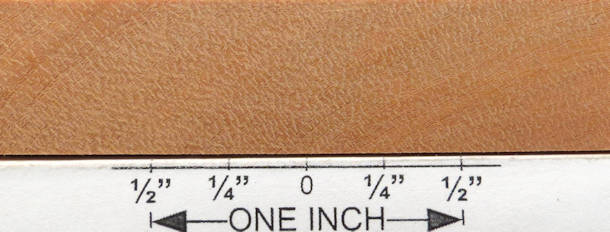
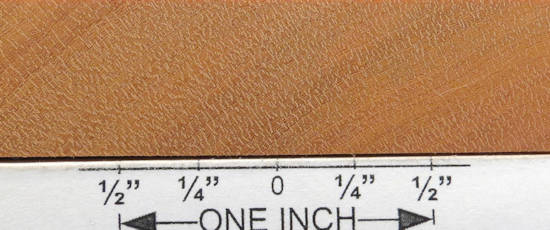
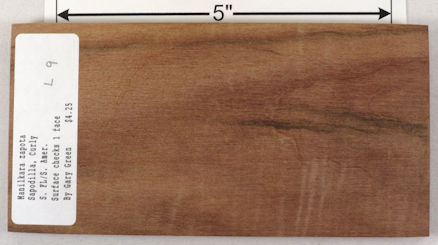
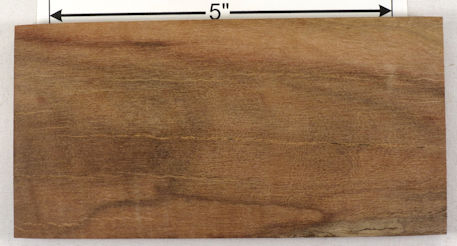

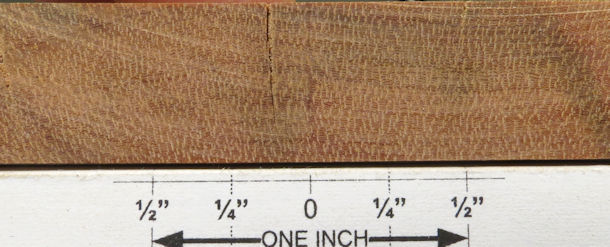
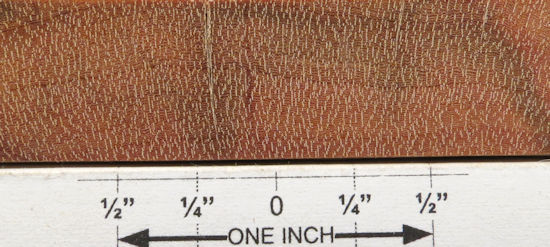
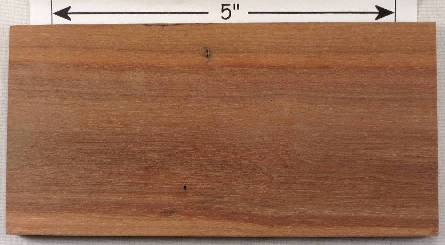
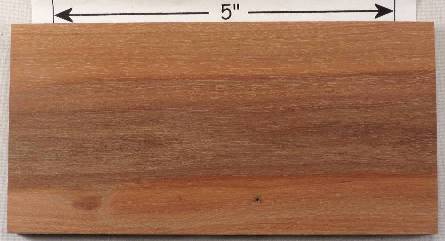

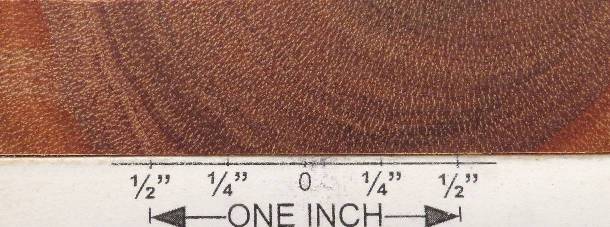

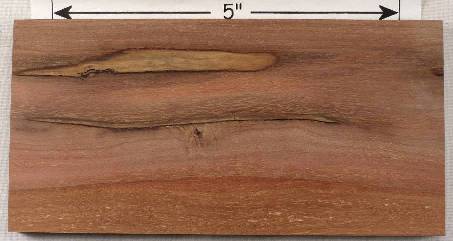
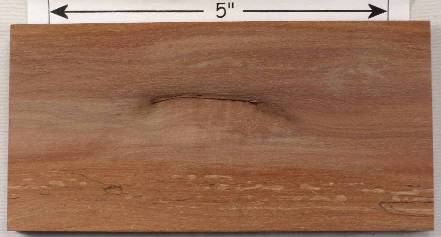

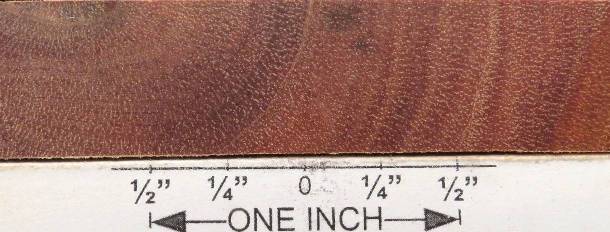
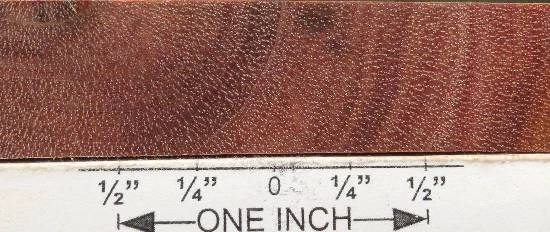
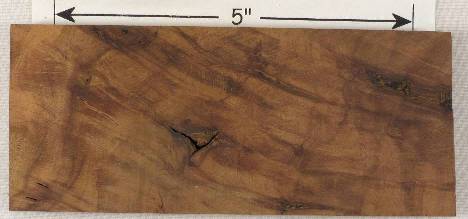
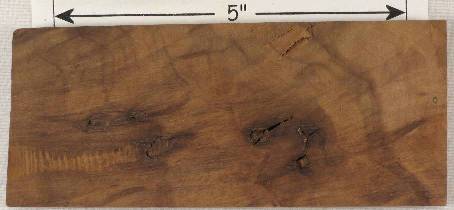
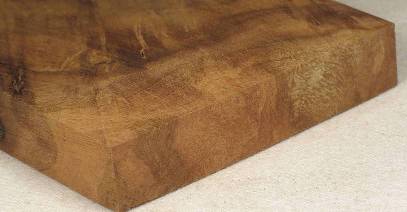
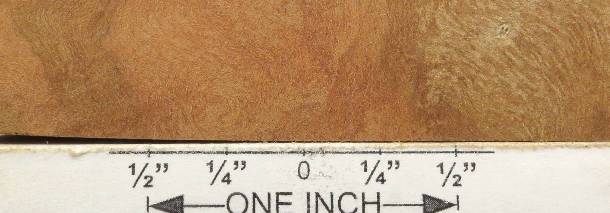
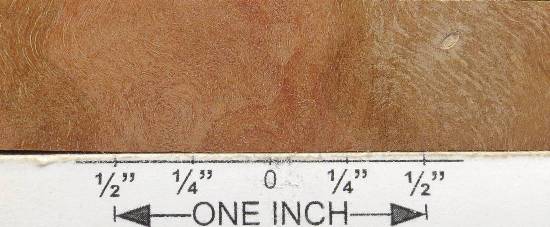

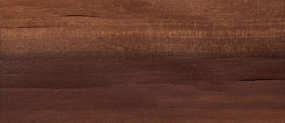
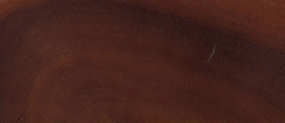
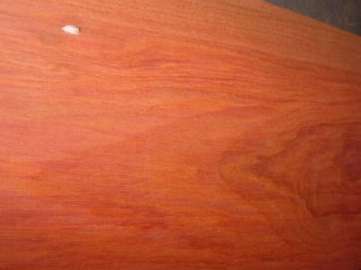
%20cutoffs%201%20s25%20web.jpg)
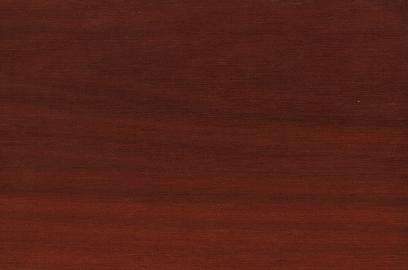
%201%20s50%20web.jpg)
%202%20web.jpg)
%203%20web.jpg)
%204%20s25%20web.jpg)